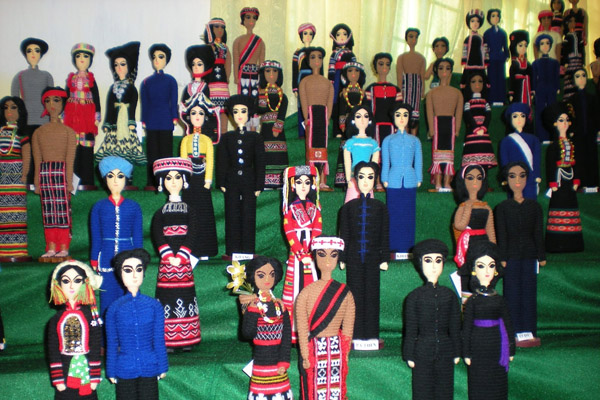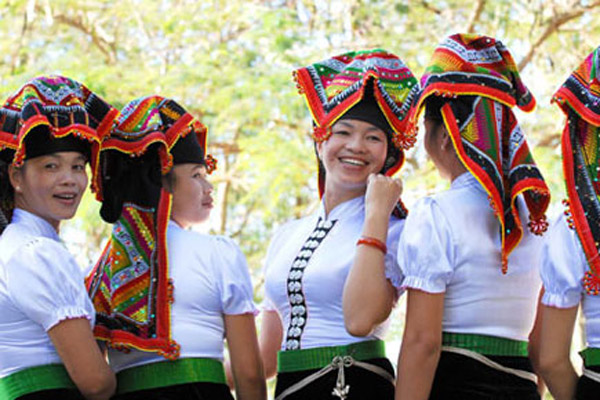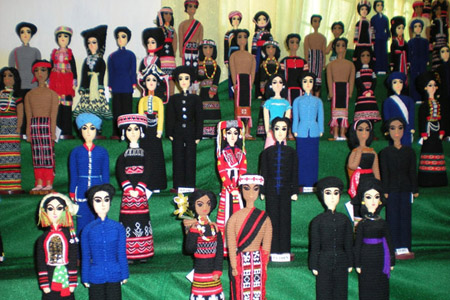The eighteen core provinces of traditional China are surrounded by outer provinces that are home to more than 59 ethnic groups. Although only one thirteenth the size of China, Vietnam has no fewer than 54 ethnic groups.
In addition to the Viet (also known as Kinh), there are minorities made up both of the indigenous groups who generally live in the mountains and plateaus of the border regions, and of newer arrivals like the Khmer, Cham, and Hoa (Chinese).

Using language as a basis for ethnic classification, we can see that all five language families of Southeast Asia are represented.
The largest, most populated, and most fertile parts of the country - the deltas of the Red River and Mekong, linked by the chain of coastal plains - are home to the Viet people. The ethnic homogeneity of this territory is broken only in the south, by the Khmers, the Chams (descendants of the old kingdom of Champa) and the Hoa (Chinese).
Ho Chi Minh city tour provide by a professional travel company in Vietnam and Vietnam tour operator
The lowland Viets played a much more important role than the peoples of the highlands. They are a larger group, their sedentary cultivation of paddy rice gives them a more flourishing economy, and their proximity to the ocean long ago guaranteed contacts with such highly developed cultures as China and India.
Several ethnic groups, in particular the Thai, make their homes in the little valleys at the base of the mountains. They grow rice both in flooded fields, and also in ray. or the swidden fields of slash-and-burn agriculture.

In the middle and higher elevations of the mountains live small groups of widely dispersed peoples belonging to diverse linguistic groups: Austro-Asiatic, Tibeto-Burmese and combinations of the two. They practice ray and dry land cultivation.
The ethnic minorities speak their own languages, and usually that of the Viet majority as well. Several have their own script, but the official script of Vietnam is quoc ngu, a romanized version of the Viet language that replaced, at the beginning of the twentieth century, both Chinese characters and the demotic nom script.
Having introduced these five touch-stones - name, geography, history, direction of history and ethnic composition - we will now present an overview of Vietnamese culture (until 1945).
A few preliminary remarks will help delimit the topic:
- Our main focus will be the culture of the majority group, the Viets saving the rich cultures of the ethnic minorities for specialized works.
- Our essay will be based on three broad themes:
1. Formation of the Southeast Asian substratum of Vietnamese culture (first millennium B.C).
2. Acculturation, with Chinese influence prevailing.
- Chinese domination (first millennium A.D).
- Independent royal dynasties (from 938 A.D. to the mid-19th century).
3. Acculturation, with Western influence prevailing (from 1862 to 1945).



